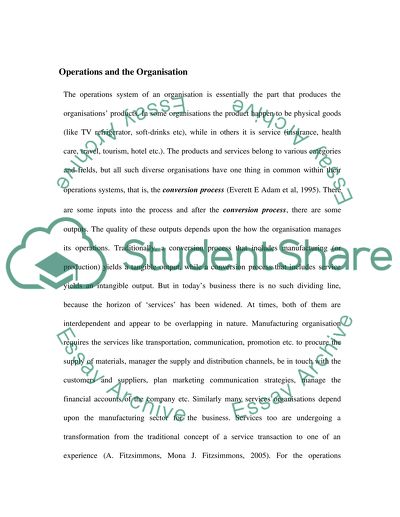Cite this document
(“Features of Service Operations Management Essay”, n.d.)
Features of Service Operations Management Essay. Retrieved from https://studentshare.org/miscellaneous/1527435-features-of-service-operations-management
Features of Service Operations Management Essay. Retrieved from https://studentshare.org/miscellaneous/1527435-features-of-service-operations-management
(Features of Service Operations Management Essay)
Features of Service Operations Management Essay. https://studentshare.org/miscellaneous/1527435-features-of-service-operations-management.
Features of Service Operations Management Essay. https://studentshare.org/miscellaneous/1527435-features-of-service-operations-management.
“Features of Service Operations Management Essay”, n.d. https://studentshare.org/miscellaneous/1527435-features-of-service-operations-management.


